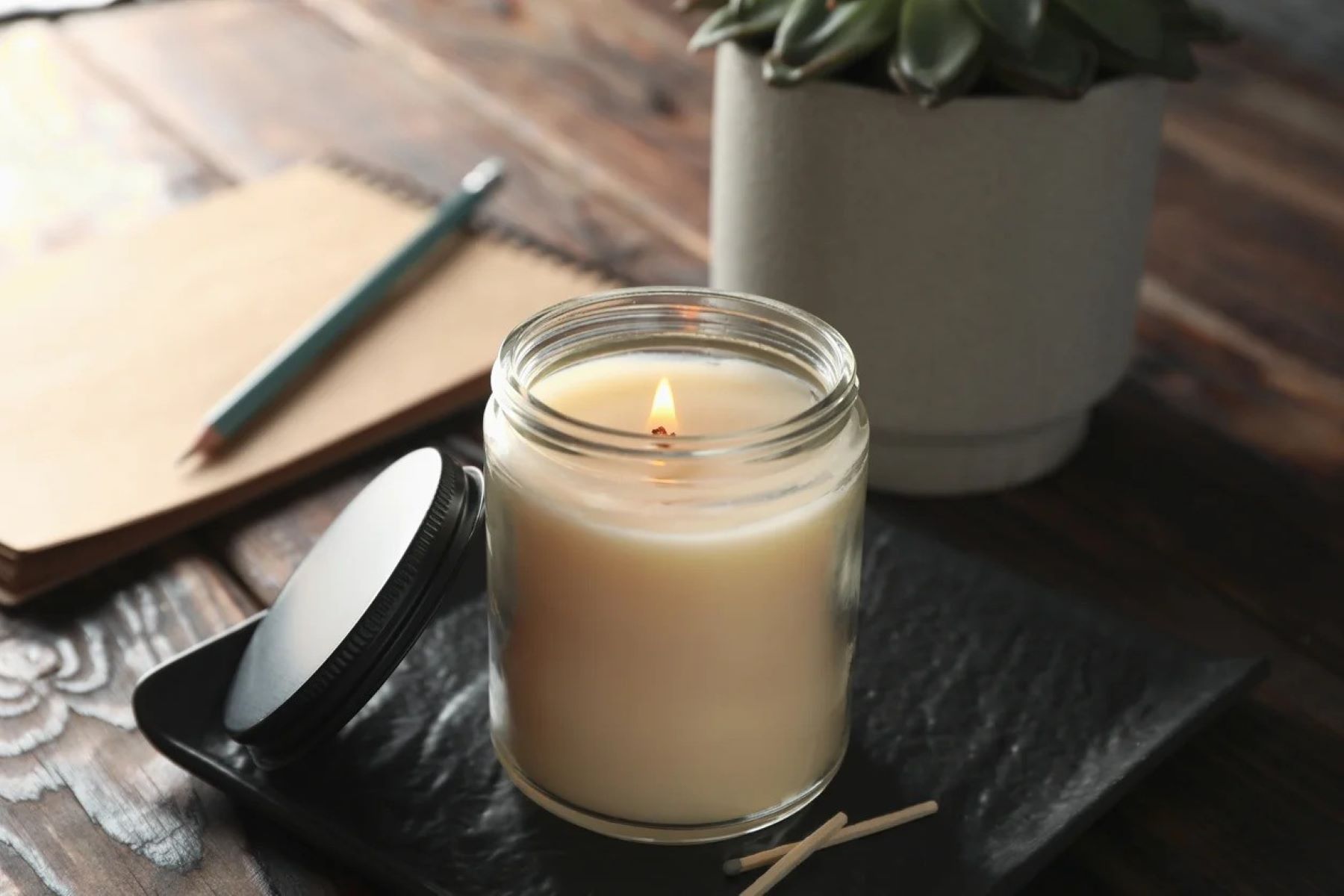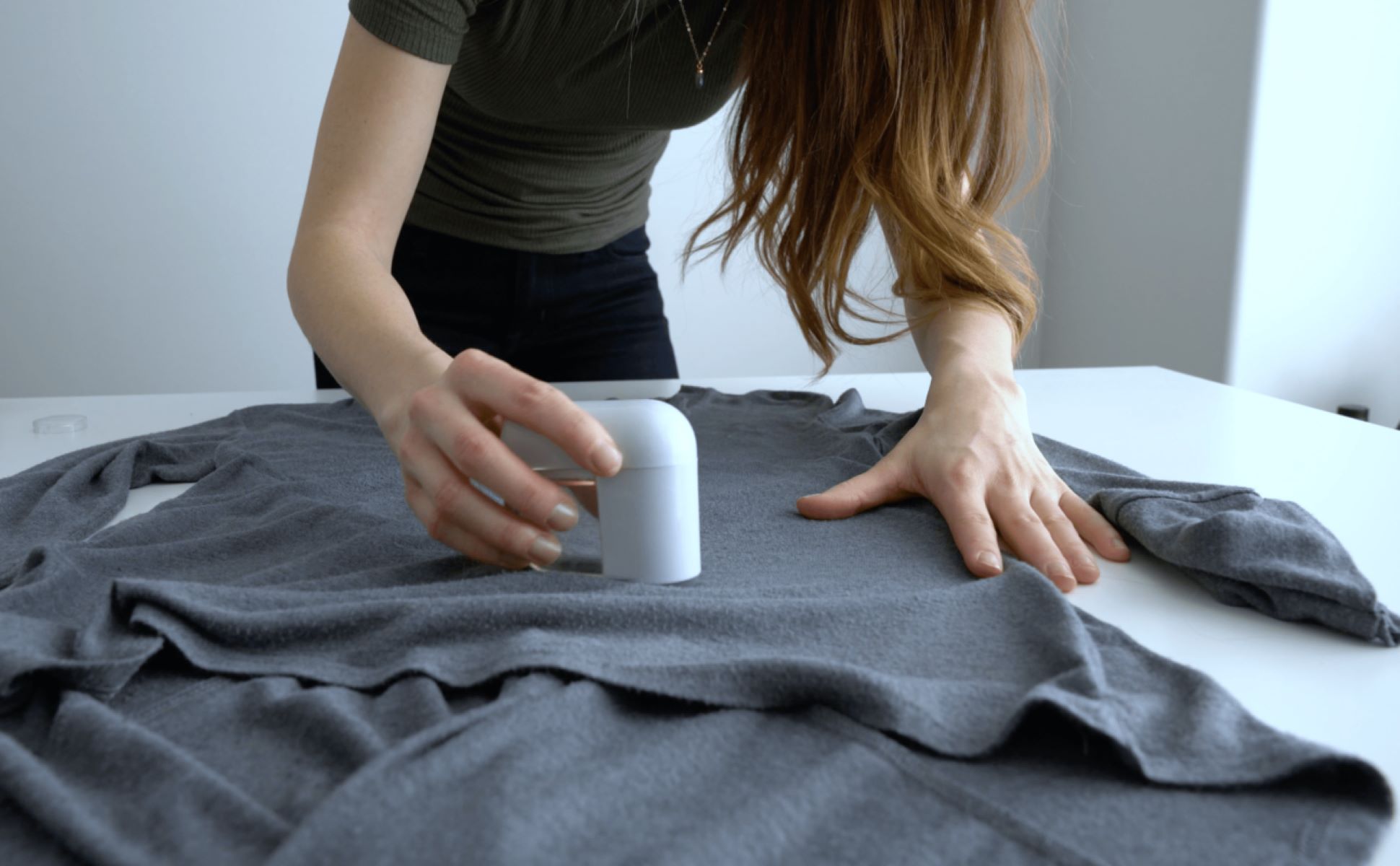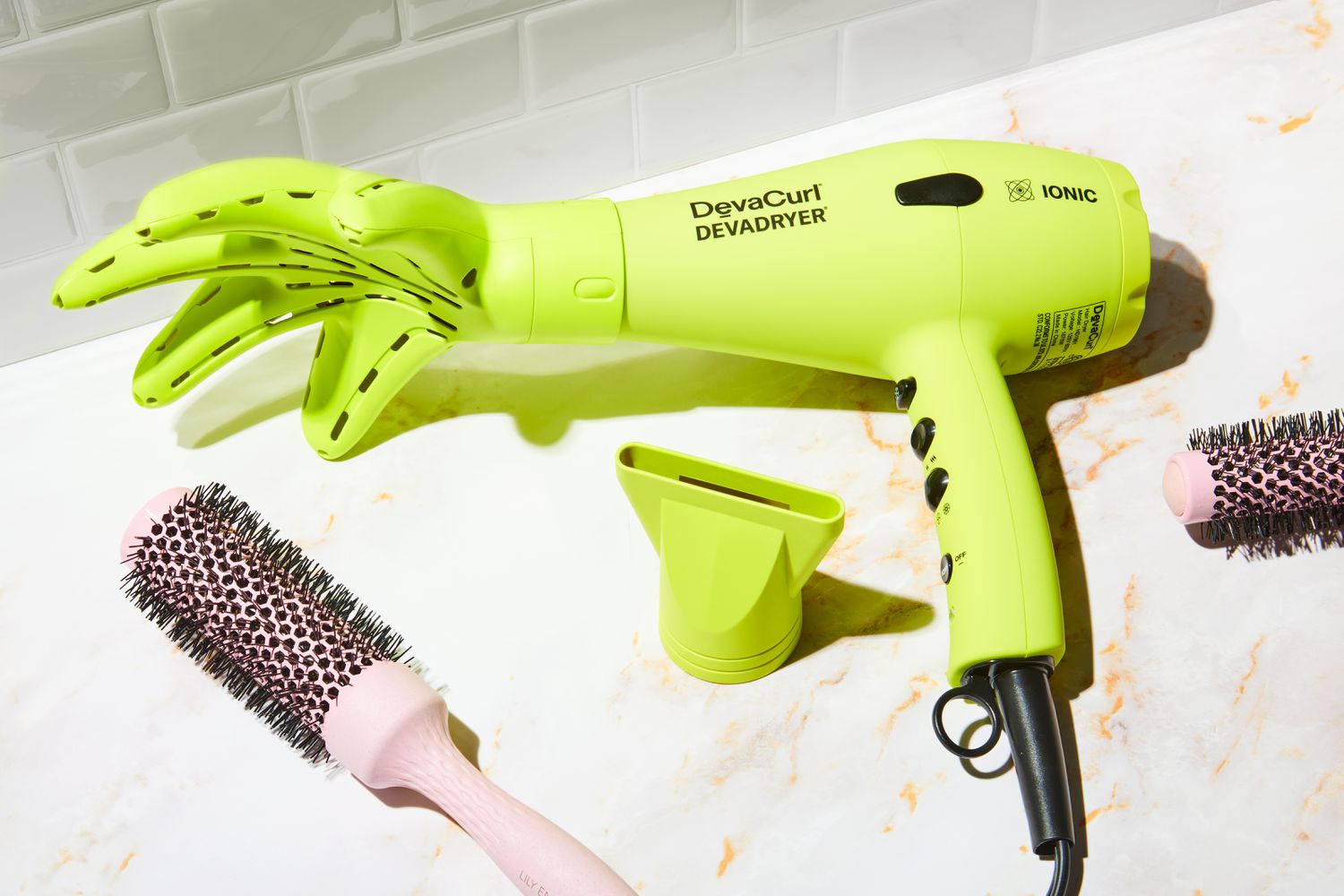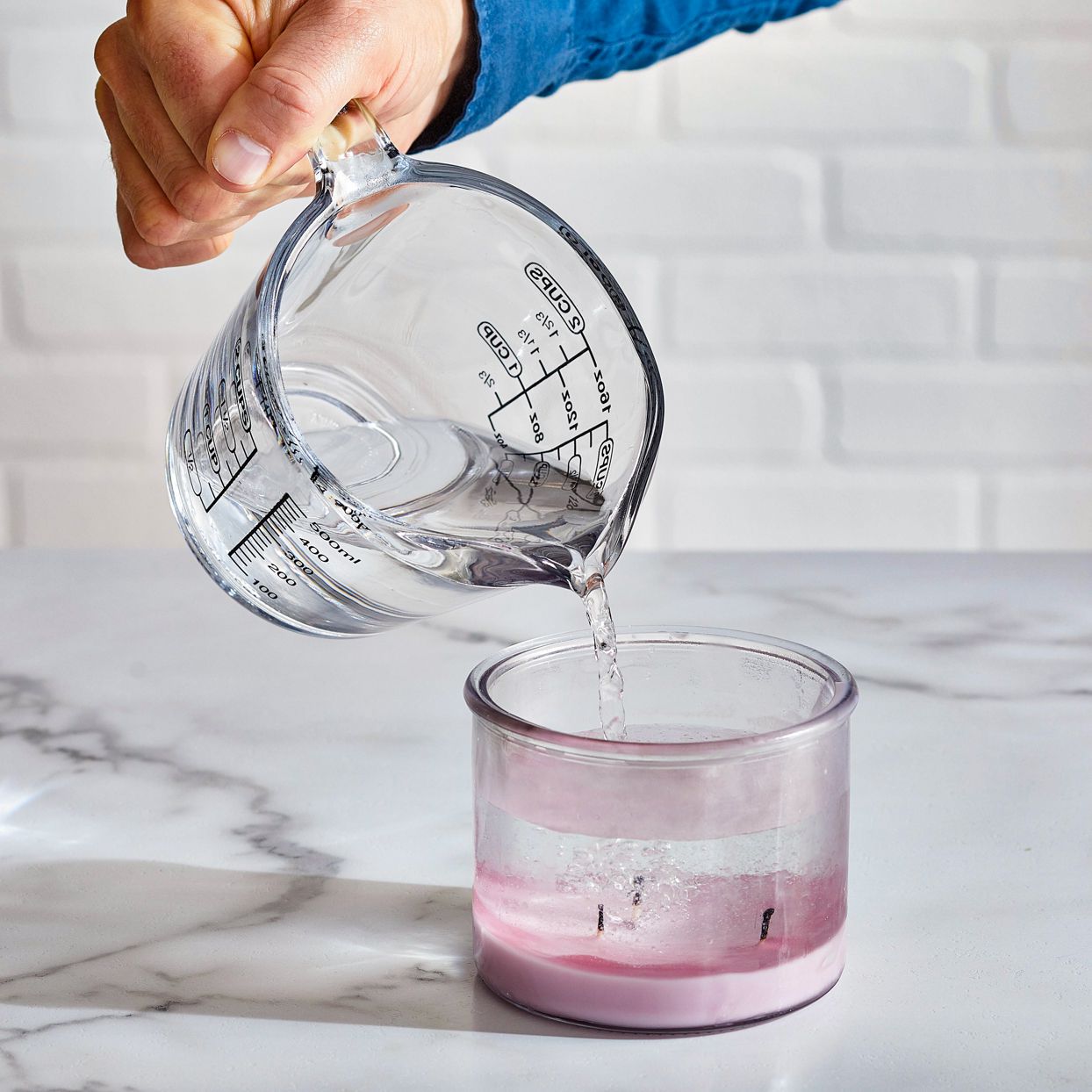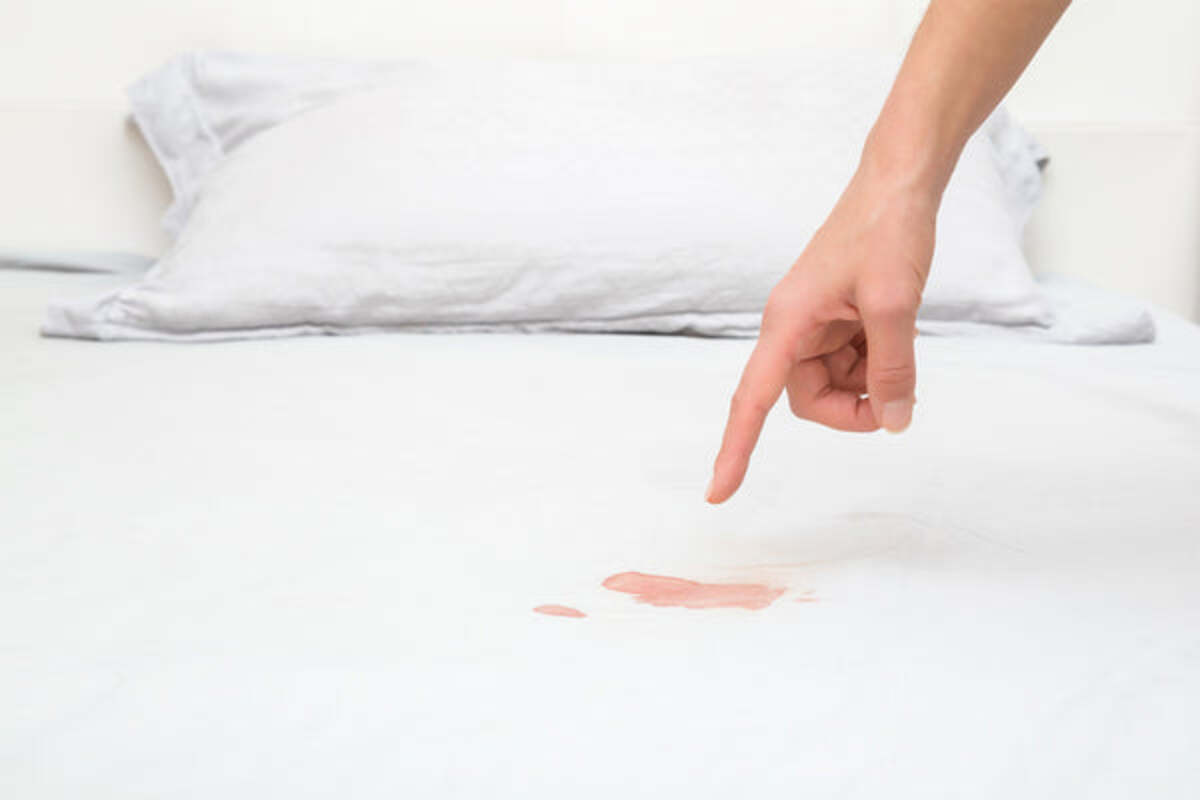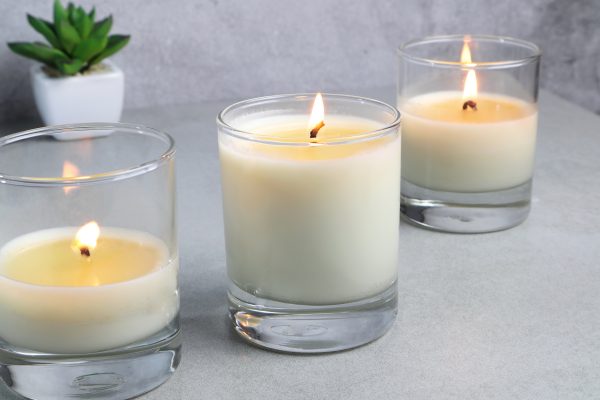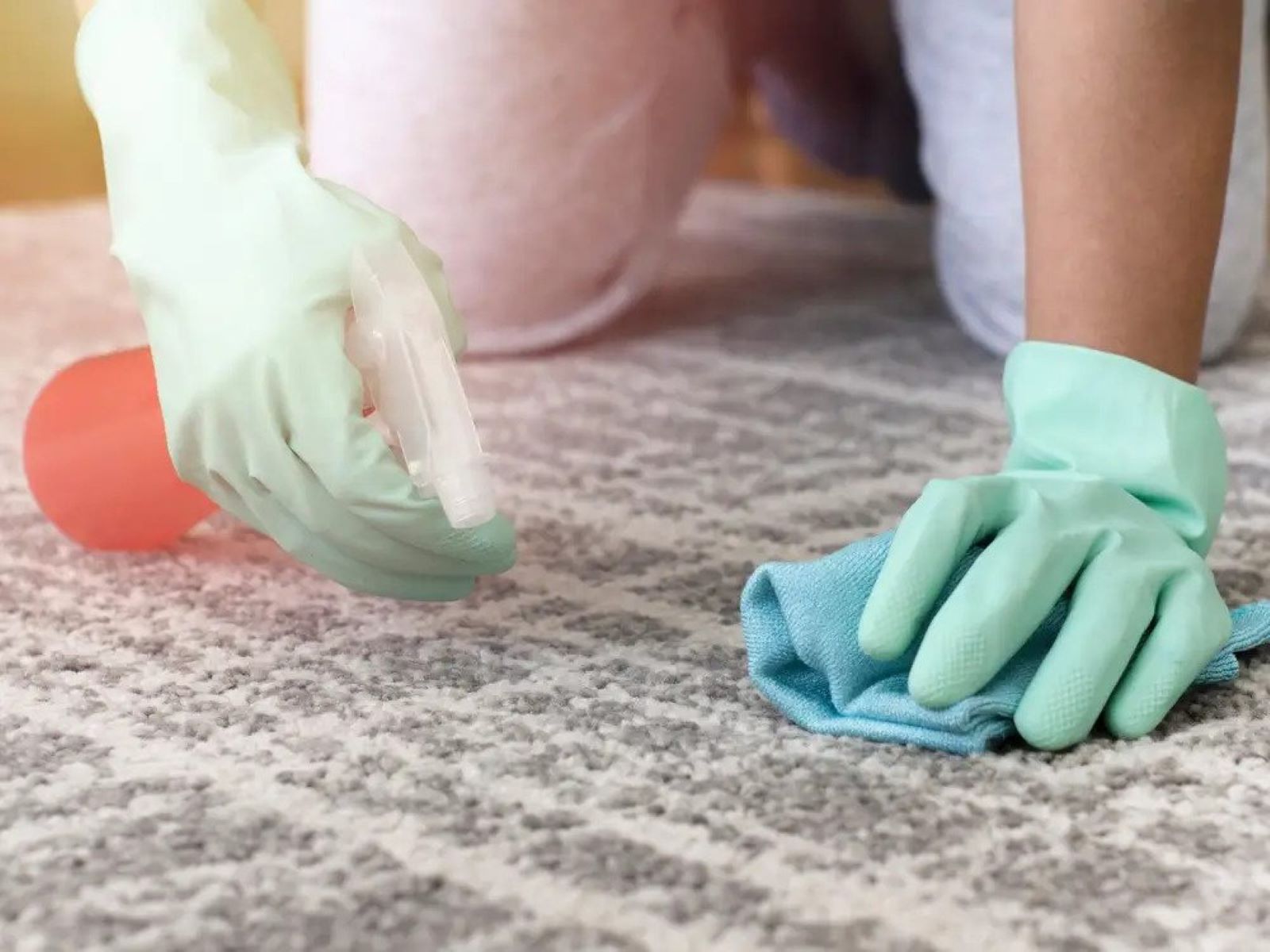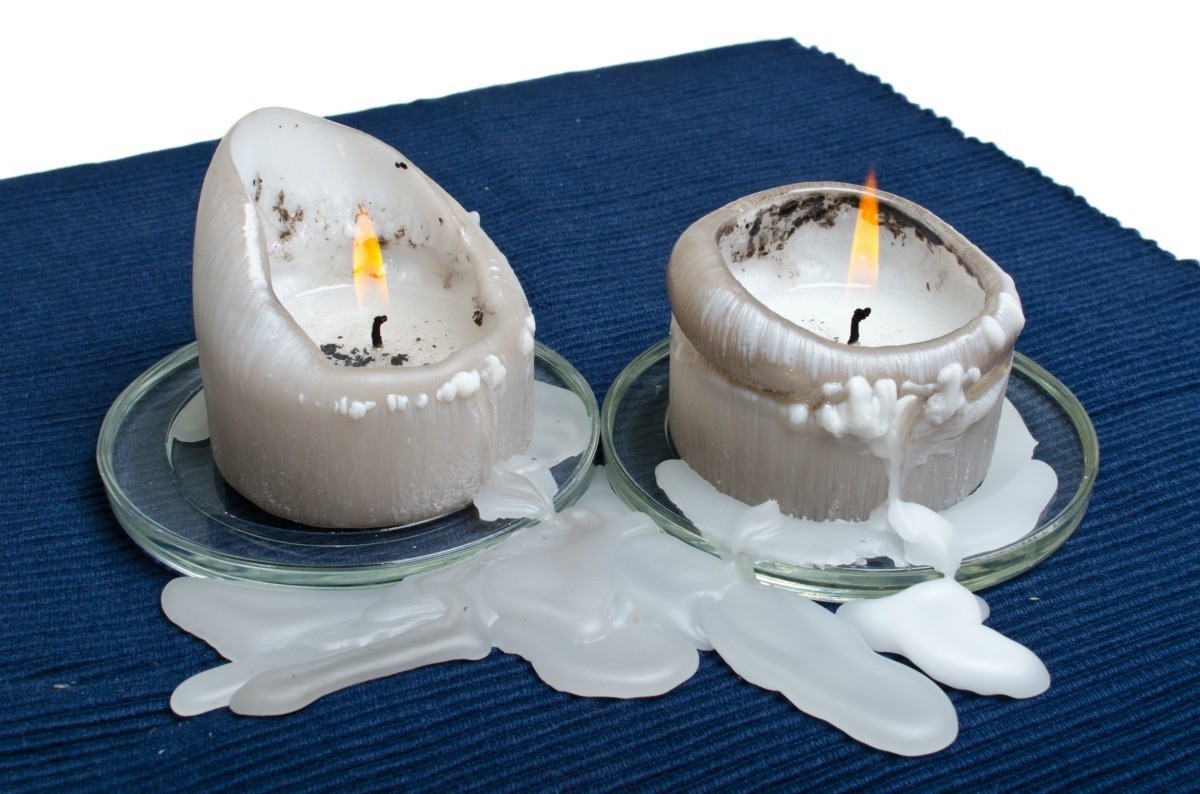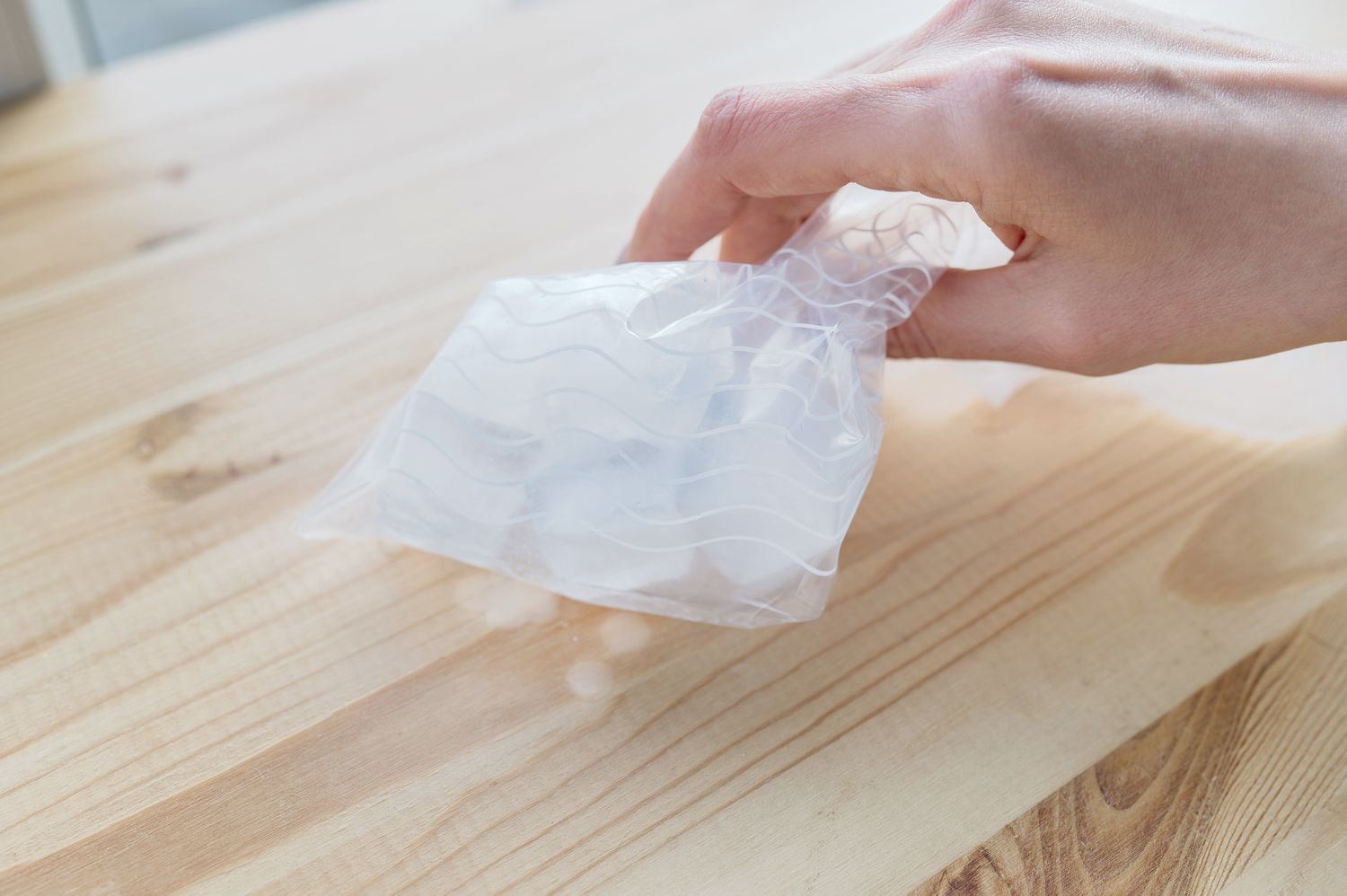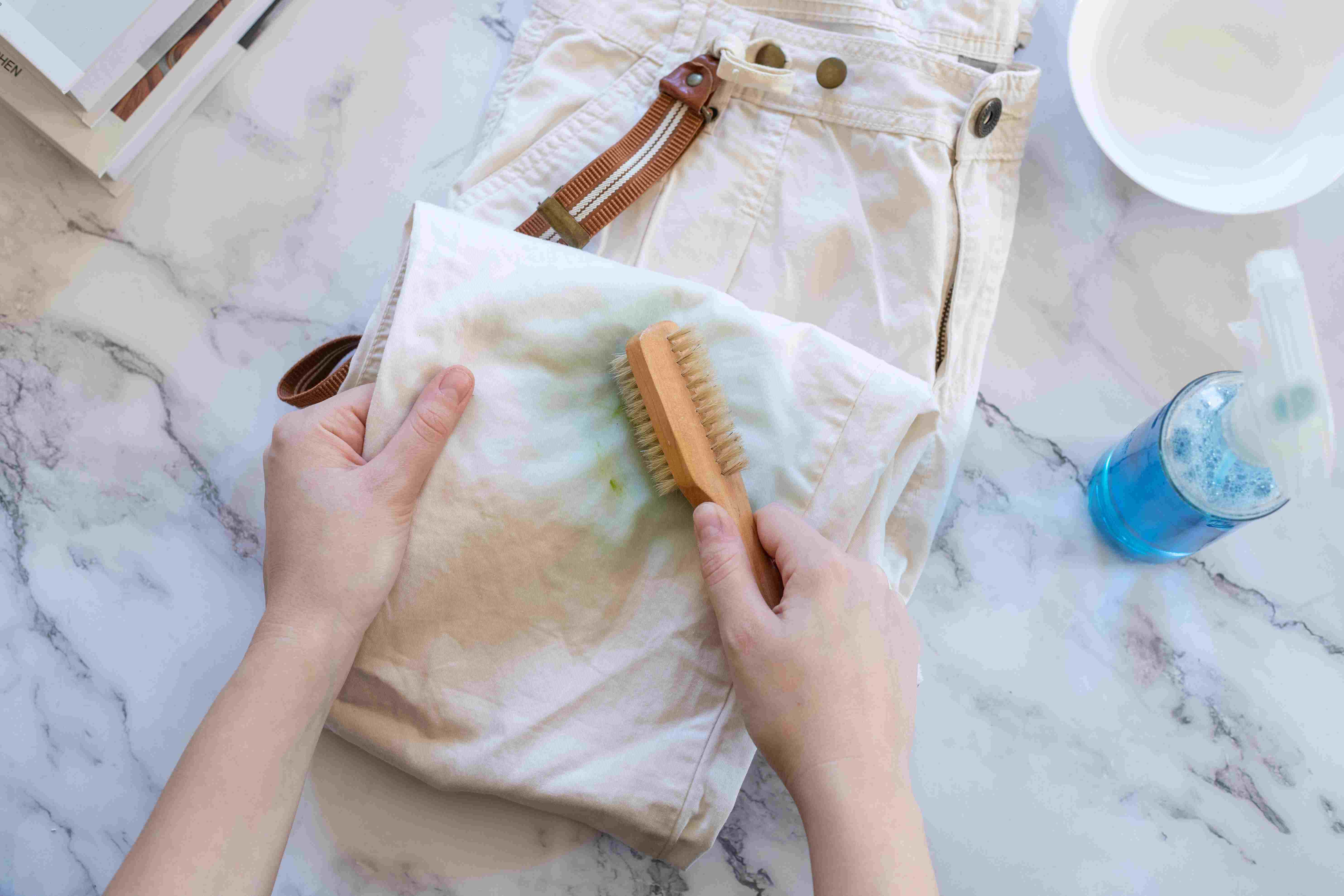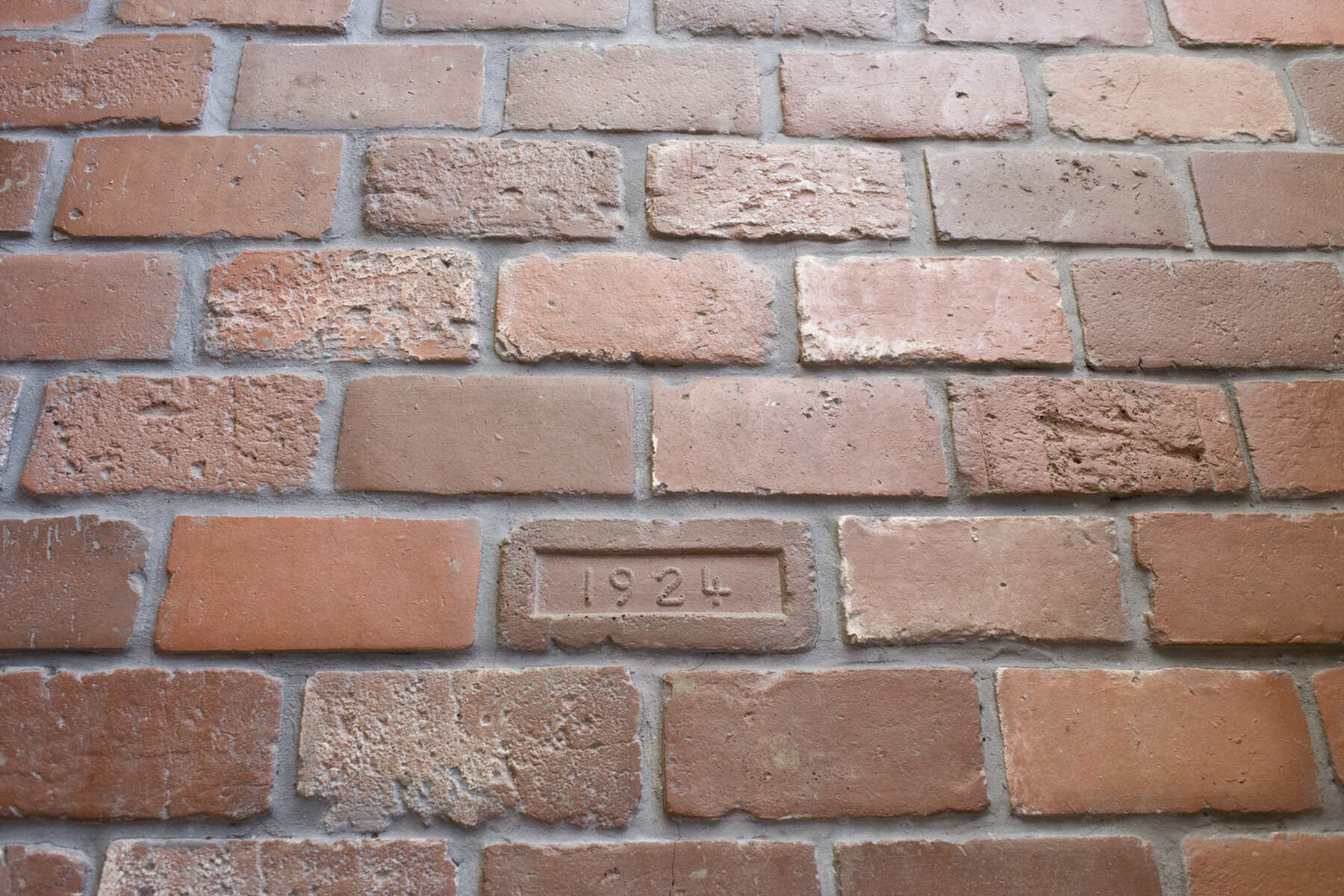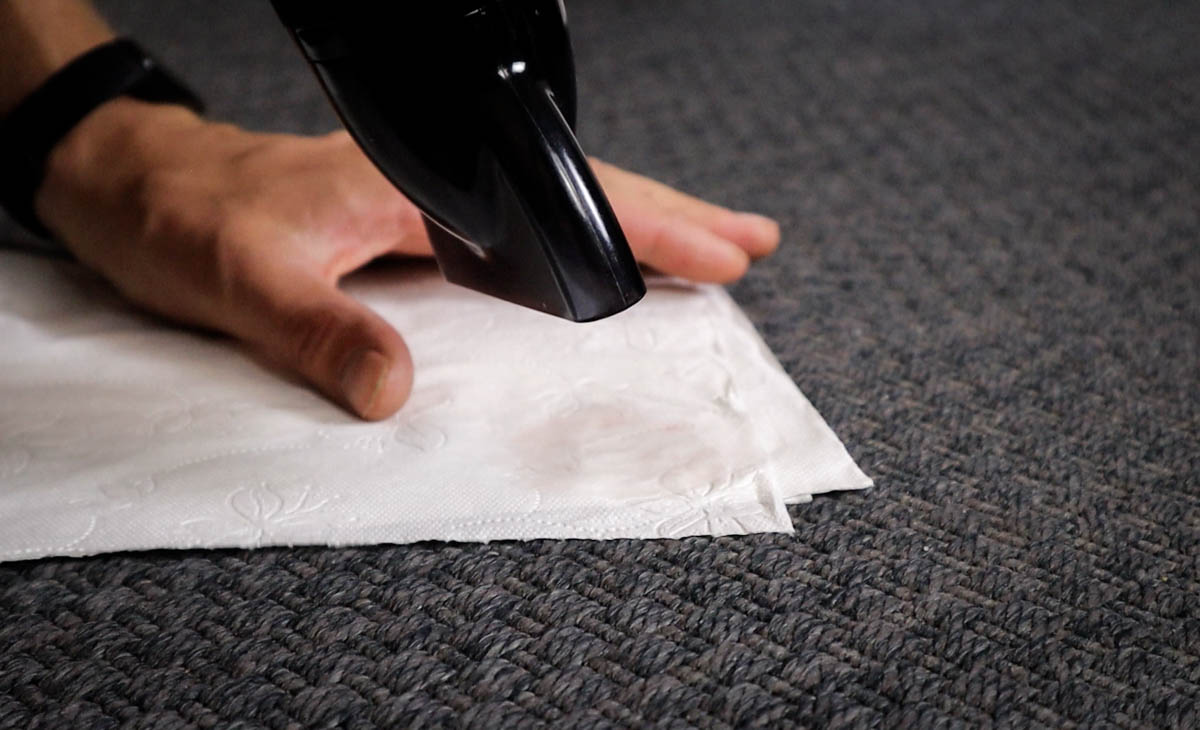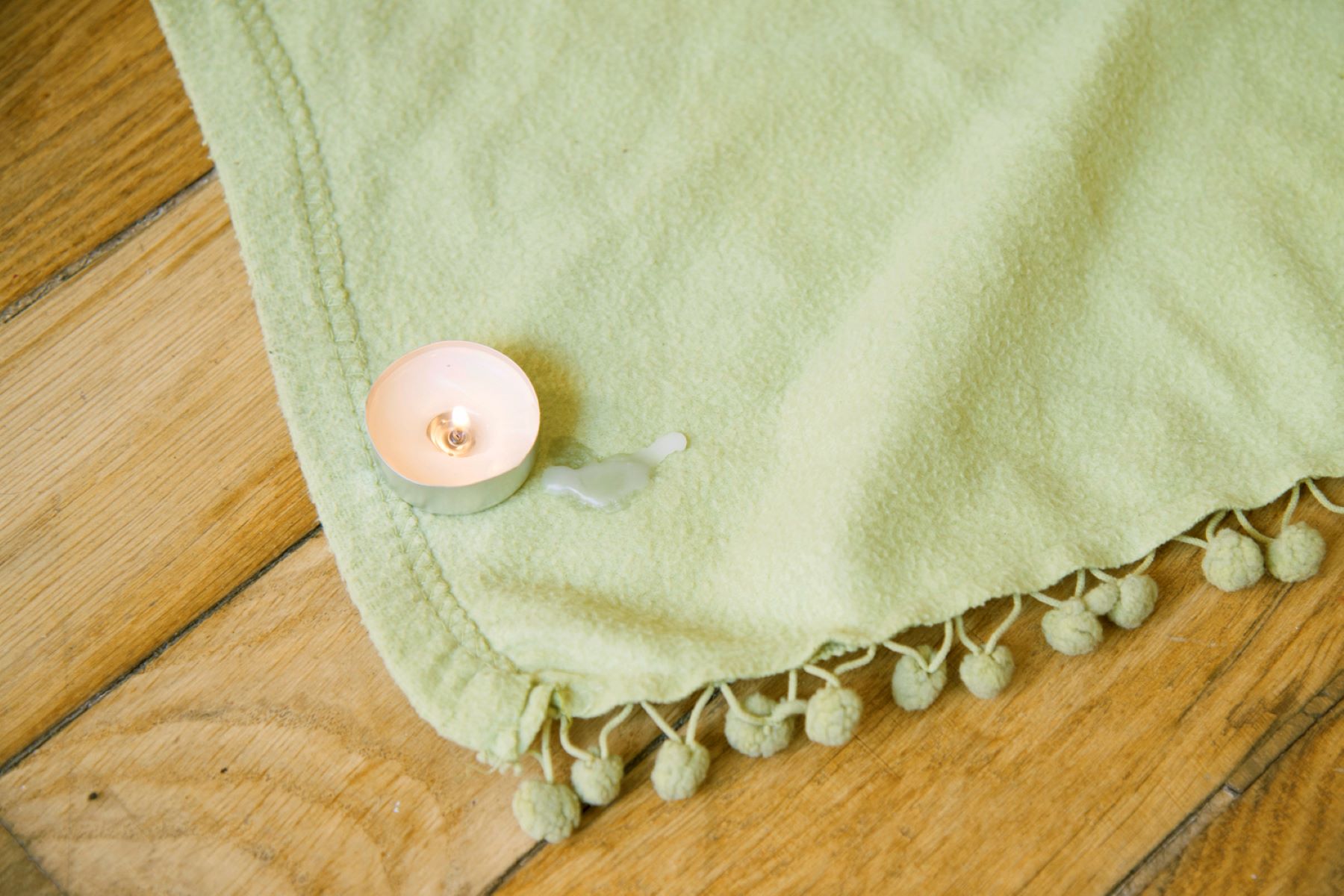

Articles
How To Get Wax Out Of A Blanket
Modified: January 9, 2024
Discover effective methods for removing wax from blankets in this informative article. Say goodbye to stubborn wax stains with these helpful tips.
(Many of the links in this article redirect to a specific reviewed product. Your purchase of these products through affiliate links helps to generate commission for Storables.com, at no extra cost. Learn more)
Introduction
Accidents happen, and one of the common mishaps is spilling wax on a blanket. Whether from a candle, wax warmer, or other sources, the sticky and stubborn wax can seem like a nightmare to remove. The good news is that with the right techniques, you can get wax out of a blanket and restore it back to its original condition.
Before diving into the various methods, it’s essential to keep in mind that the approach you choose may depend on the type of blanket material and the amount of wax involved. It’s also crucial to act promptly to prevent the wax from setting deeper into the fabric.
In this article, we will explore several effective methods to help you remove wax from a blanket. From freezing to using household items, you’ll have a range of options to choose from based on the resources available to you. Let’s jump right in!
Key Takeaways:
- Easily remove wax from your blanket by freezing it, using an iron and paper bag, applying heat with a hairdryer, using a carpet cleaner or spot remover, or a natural vinegar solution. Always test on a small area first.
- Act promptly and choose the right method based on your blanket’s fabric to successfully remove wax stains. Whether freezing, using heat, or natural solutions, your cozy blanket can be restored to its former glory with patience and care.
Read more: How To Get Wax Out Of Sink
Method 1: Freezing the Wax
One of the simplest and most effective methods to remove wax from a blanket is by freezing it. Freezing the wax helps harden it, making it easier to scrape off. Here’s how to do it:
- Place the wax-stained blanket in a plastic bag and seal it tightly. Ensure that the wax remains contained within the bag.
- Put the bagged blanket in the freezer and let it sit for a few hours or overnight. The cold temperature will cause the wax to harden.
- Once the wax is thoroughly frozen, remove the blanket from the freezer.
- Take a blunt object like a butter knife or a credit card and gently scrape off the frozen wax. Be careful not to damage the fabric while doing so. If necessary, you can use your fingers to remove any remaining bits of wax.
- After removing as much wax as possible, place the blanket in the washing machine and launder it according to the instructions on the care label.
- Inspect the blanket after washing. If any small traces of wax remain, repeat the freezing and scraping process until the wax is completely gone.
This method is particularly effective for blankets made of natural fibers like cotton or wool. However, it may not be suitable for delicate or synthetic materials as freezing can cause them to become brittle or damaged. Always check the care label of your blanket before attempting this method.
Freezing the wax is a straightforward and inexpensive way to remove it from your blanket. This method works well for smaller wax stains, but if you’re dealing with a large amount of wax or a deeply saturated stain, you may need to combine it with another method for better results.
Method 2: Using an Iron and Paper Bag
If freezing the wax is not an option or didn’t completely remove the stain, you can try using an iron and a paper bag to get rid of the wax from your blanket. This method involves melting the wax and transferring it onto the paper bag. Here’s how to do it:
- Place a clean, dry paper bag over the wax stain on your blanket.
- Set your iron to a low or medium heat setting, ensuring that it does not exceed the recommended temperature for the fabric of your blanket.
- Gently press the iron over the paper bag in a circular motion. The heat from the iron will liquefy the wax, and the paper bag will absorb it.
- Periodically check the paper bag to see if it is becoming saturated with wax. If it does, replace it with a fresh bag and continue ironing until no more wax transfers to the bag.
- Once you’ve removed as much wax as possible, allow the blanket to cool down.
- If any residue remains, gently scrape it off with a butter knife or your fingers.
- Finally, launder the blanket according to the care instructions to remove any residual wax and restore its clean and fresh appearance.
This method is best suited for blankets made of washable fabrics such as cotton or polyester. It is important to exercise caution while using the iron to prevent burning or scorching the fabric. If you are uncertain about the fabric’s ability to withstand heat, you can place a thin cloth or parchment paper between the iron and the paper bag.
Remember, always test this method on a small, inconspicuous area of the blanket first to ensure that it does not cause discoloration or damage. Additionally, avoid using this method on delicate or synthetic materials that may be sensitive to heat.
Using an iron and a paper bag can be an effective way to remove wax from your blanket, leaving it clean and wax-free.
Method 3: Applying Heat with a Hairdryer
If you don’t have access to a freezer or prefer to use heat to remove wax from your blanket, you can try using a hairdryer. Applying heat helps soften the wax, making it easier to blot or scrape away. Here’s how to use a hairdryer to remove wax:
- Locate the wax stain on your blanket and set up your hairdryer nearby.
- Turn on your hairdryer to its highest heat setting.
- Hold the hairdryer a few inches away from the wax stain and direct the hot air towards the wax.
- As the wax begins to melt, place a clean cloth or paper towel over the liquid wax and press it down gently. The cloth or paper towel will absorb the melted wax.
- Continue applying heat and blotting until you’ve removed as much wax as possible.
- If there is any remaining residue, use a butter knife or your fingers to scrape it off gently.
- Once you’ve removed the wax, visually inspect the blanket for any remaining traces.
- If necessary, treat the area with a mild detergent or stain remover and launder the blanket according to its care instructions.
It’s important to be cautious while using a hairdryer to apply heat. Keep the dryer at a safe distance from the blanket to avoid scorching or damaging the fabric. Additionally, be mindful of the hairdryer’s airflow to prevent blowing the melted wax to other areas of the blanket.
While this method can be effective for removing wax, it may not be suitable for all types of blankets. Delicate fabrics or those that are sensitive to heat may be at risk of damage. Always check the care label of your blanket and test the hairdryer method on a small, inconspicuous area first.
Applying heat with a hairdryer offers an alternative approach to removing wax from your blanket, providing effective results if done correctly.
Place a paper towel over the wax and iron on a low setting. The heat will melt the wax, allowing the paper towel to absorb it. Repeat with clean paper towels until the wax is gone.
Method 4: Using a Carpet Cleaner or Spot Remover
If you’re dealing with a particularly stubborn wax stain on your blanket, using a carpet cleaner or spot remover can help break down the wax and lift it from the fabric. Here’s how you can use these products to remove wax:
- Choose a carpet cleaner or spot remover that is safe for use on the fabric of your blanket. Look for products that specifically mention wax or stain removal.
- Begin by applying a small amount of the carpet cleaner or spot remover directly onto the wax stain. Make sure to follow the instructions on the product regarding the recommended amount to use.
- Gently work the product into the stained area using a clean cloth or sponge. Be careful not to rub too vigorously, as this may spread the wax further.
- Allow the cleaner or spot remover to penetrate the wax for the specified amount of time specified on the product label. This will help loosen the wax from the fibers.
- After the recommended time has passed, use a clean cloth or sponge to blot the area. You should see the wax transferring onto the cloth or sponge. Continue blotting until no more wax is visible.
- If any residue remains, repeat the process until the wax stain is completely gone.
- Once the wax is removed, rinse the treated area with clean water to remove any residue from the carpet cleaner or spot remover.
- Finally, launder the blanket according to its care instructions to ensure all traces of the product are removed.
Using a carpet cleaner or spot remover can be a convenient and effective option for removing wax stains from blankets. However, it’s essential to select a product that is appropriate for use on the fabric of your blanket and to follow the manufacturer’s instructions carefully.
Before applying any product onto the entire blanket, it is recommended to test it on a small, inconspicuous area first to check for any adverse reactions or colorfastness.
By utilizing a carpet cleaner or spot remover, you can effectively tackle tough wax stains on your blanket and restore it to its original pristine condition.
Read more: How To Get Stains Out Of A Blanket
Method 5: Using a Vinegar Solution
If you prefer a natural and cost-effective solution for removing wax from your blanket, using a vinegar solution can be an excellent choice. Vinegar helps break down and dissolve the wax, making it easier to remove. Here’s how to use a vinegar solution:
- In a bowl, mix equal parts white vinegar and warm water. For example, you can use one cup of vinegar and one cup of water.
- Dampen a clean cloth or sponge in the vinegar solution.
- Gently dab the cloth or sponge onto the wax stain, ensuring that it is fully saturated with the vinegar solution.
- Allow the vinegar solution to sit on the stain for a few minutes, giving it time to break down the wax.
- After the designated time, gently scrub the stained area with a soft-bristle brush or cloth. This will help lift the wax from the fabric.
- Rinse the treated area with clean water to remove any residue.
- If any traces of wax remain, repeat the process until the stain is completely gone.
- Finally, wash the blanket according to its care instructions to remove any lingering vinegar smell and restore its freshness.
Vinegar is a versatile and natural cleaning agent that can effectively remove wax stains from various fabrics. It is important to remember that vinegar has a strong odor, but it will dissipate once the blanket is washed.
This method is safe to use on most fabrics, but it’s always wise to perform a patch test on a small area first to ensure it does not cause any discoloration or damage. Additionally, avoid using vinegar on delicate fabrics that may be sensitive to acidic solutions.
With a vinegar solution, you can easily and inexpensively remove wax stains from your blanket, leaving it clean and fresh.
Conclusion
Accidents happen, and finding wax stains on a beloved blanket can be disheartening. However, with the right techniques and a little patience, you can successfully remove wax from your blanket and restore it to its former glory.
We explored five effective methods for removing wax from a blanket:
- Freezing the wax to harden it and then scraping it off.
- Using an iron and a paper bag to melt the wax and absorb it.
- Applying heat with a hairdryer to soften the wax for blotting or scraping.
- Utilizing a carpet cleaner or spot remover to break down the wax and lift it from the fabric.
- Using a vinegar solution as a natural and effective method for wax removal.
Each method has its advantages and considerations, depending on the type of blanket and the severity of the wax stain. It’s essential to assess the fabric and choose the method that suits it best.
Remember to always read the care label of your blanket and test any method on a small, inconspicuous area before applying it to the entire stain. This will help ensure that the method is safe and effective for your specific blanket.
Whether you opt for freezing, heat, cleaning solutions, or natural vinegar, taking prompt action and being gentle during the removal process are key. With persistence and careful handling, you can successfully eliminate wax stains and enjoy your cozy blanket once again.
So, the next time you find wax on your blanket, don’t despair. Armed with the knowledge and methods shared in this article, you can confidently tackle those wax stains and extend the life of your cherished blanket.
Frequently Asked Questions about How To Get Wax Out Of A Blanket
Was this page helpful?
At Storables.com, we guarantee accurate and reliable information. Our content, validated by Expert Board Contributors, is crafted following stringent Editorial Policies. We're committed to providing you with well-researched, expert-backed insights for all your informational needs.
